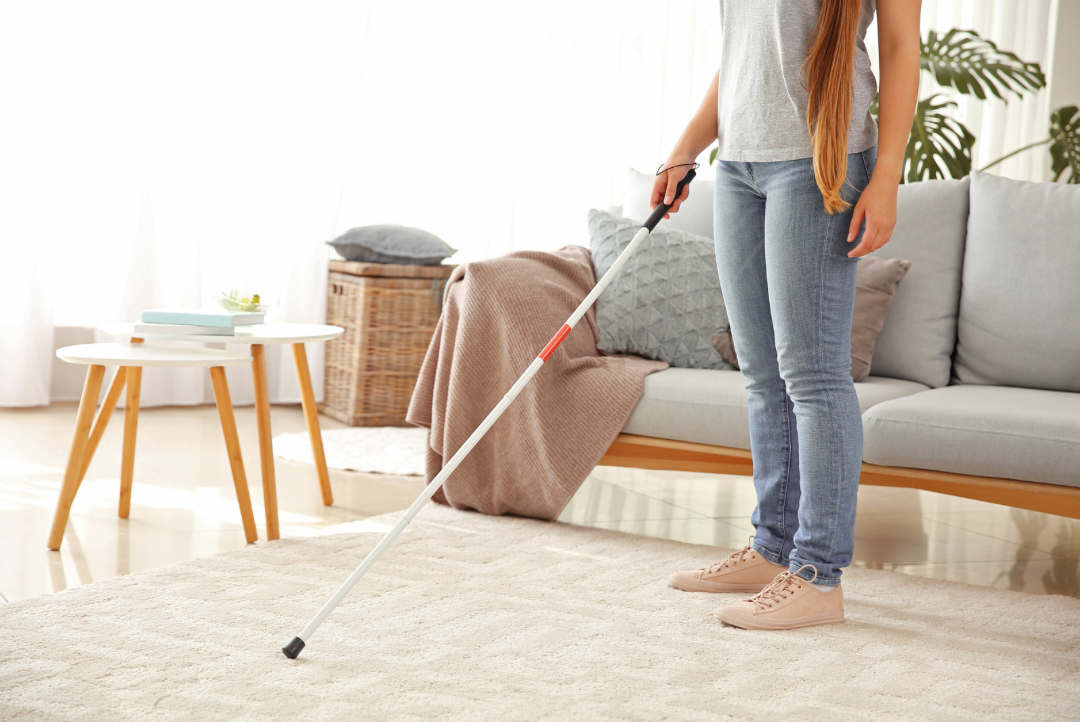The Role of Smart Home Technology in Home Orientation
Navigating Your Space
Navigating our own homes should feel natural and intuitive. Yet, many of us find navigation complex, especially in a new space, or if the home has tight corridors, stairs, or possible elements that could cause harm. Today we explore three features of smart home technology solutions that can assist orientation for people who have vision challenges or cognitive disability.
1. Guidance with Light
In an era where technology continually evolves to make our lives more comfortable, the integration of light as navigation aids is a noteworthy leap. It’s not just about convenience but about crafting an environment that is seamlessly harmonised with its inhabitants.
Envision a home that doesn't wait for your command but anticipates your needs. As you take a step in the dim hallway or make a nighttime trip to the kitchen, smart technology takes the cue. Before your hand even starts searching for that hard-to-reach switch, motion sensors activate, casting a gentle glow to mark your path. This is especially helpful in homes with children, seniors, or people who have low or no vision.
2. Personalised Assistance and Alerts
Orientation within our homes should be second nature, however, various factors can sometimes transform even familiar environments into intricate mazes. Here's where the brilliance of smart technology shines, offering personalised assistance to make every space feel familiar, intuitive, and safe.
It's common to occasionally forget to lock the front door. Enter smart technology: capable of sending bedtime reminders or alerts. Even setting up personalised routines, can provide easier navigation for regular tasks. For example, if someone frequently visits the bathroom at night, motion sensored lights can illuminate a pathway.
Beyond mere convenience, the real essence of orientation-focused smart technology lies in the safety it provides. By ensuring clear paths and marking boundaries, it allows each movement taken inside the house to be safe and assured.
3. Aligning Routine with Modern Solutions
Beginning the day in the right mindset sets the tone for everything that follows. This rings especially true for neurodivergent individuals for whom routine and accessibility can be pillars of independence and confidence. For many, structured routines are invaluable - from the moment they awake, having a home system that gently announces the day, time, and even the weather can provide a sense of orientation. Consider a person with a visual impairment: an audible morning briefing can offer a clear mental map of the day ahead, helping to reduce any feelings of uncertainty or disorientation.
Every disability comes with its unique challenges. Smart home systems can be calibrated to cater to these specific needs. For instance, for someone with mobility challenges, automated blinds and voice-activated lights can ensure that their morning routine is smooth and as hurdle-free as possible. On the other hand, for someone with cognitive challenges, reminders for medication, appointments, or tasks can be set, ensuring that vital activities aren't overlooked.
Related article: Can I use my NDIS Funding to purchase smart home technology?
The advancements in smart home technology go beyond mere convenience; they serve as a bridge to a more intuitive and navigable living experience. If you're keen to explore how this technology can be integrated into your home life, we're here to help. Book a free consultation with Homeable. Let’s co-design a living space that understands and caters to your personal needs


